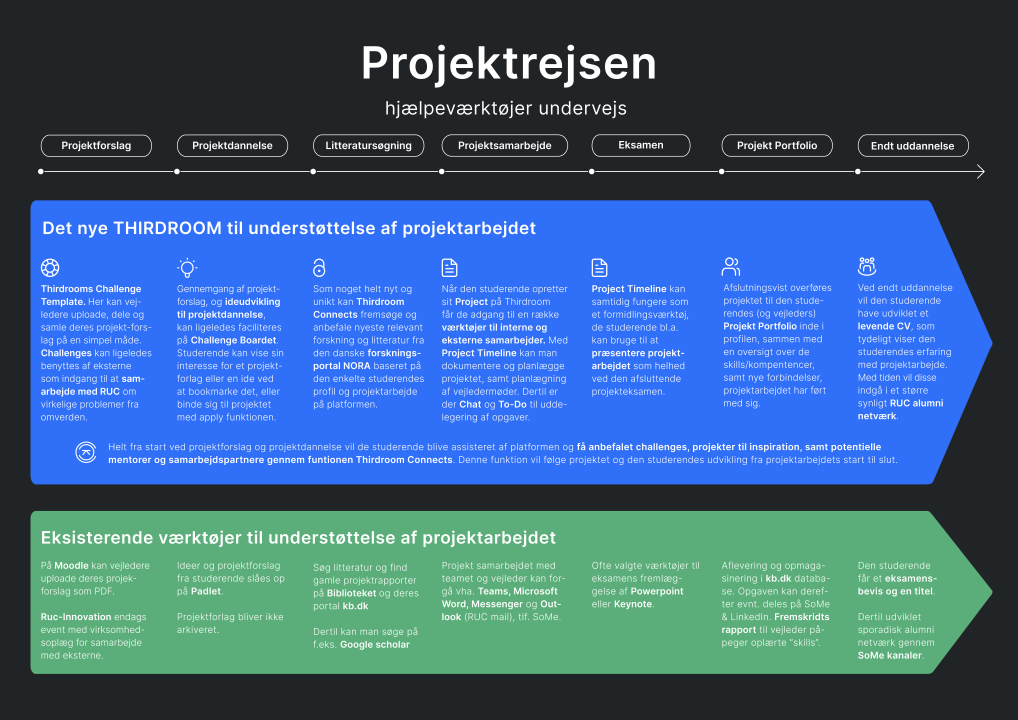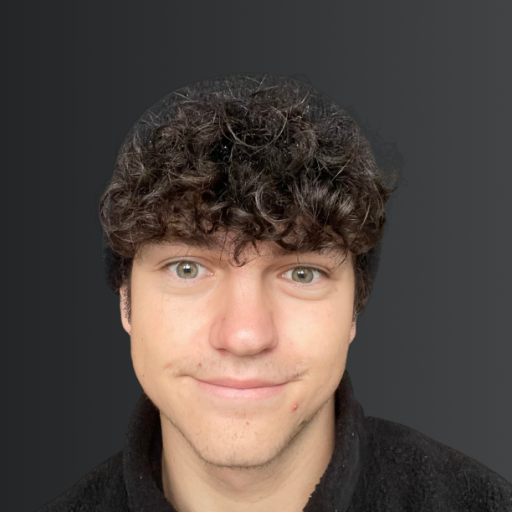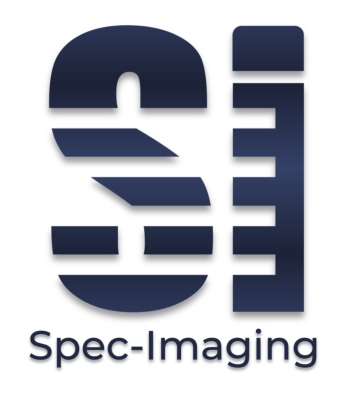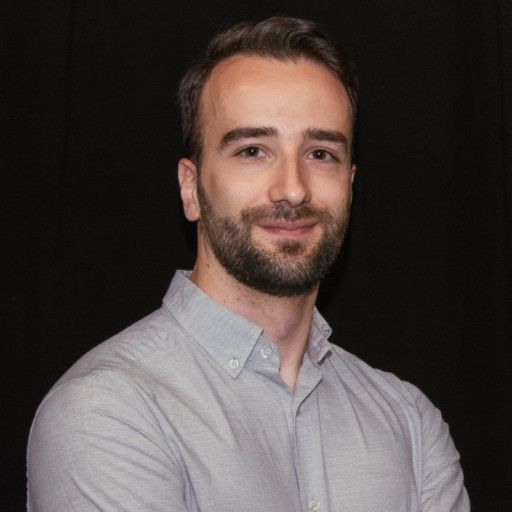Description
Active noise cancellation (ANC) is a category of techniques for cancelling sound by actively injecting another sound. This other sound is played such that it interferes destructively with the original sound. These techniques are used in many places for reducing noise for example headsets, hearing aids, cockpit on propeller planes, room acoustic for transformer station.
Figure 1 shows the hardware setup of an ANC system for a headset system. Background noise is measured on the outer shell of the headphone, x(n). Then signal x(n) is processed by a small computer to produce a counter-acting noise. The counter-acting noise is injected into the ear canal by a small speaker. Then the total sound is measured by a microphone, e(n), which is located on the inner shell of the headphone. If the signal e(n) is non-zero, then the counter-acting noise is modified to cancel better the background noise. This feedback relation is depicted in Figure 2 as a block diagram.
One key difference for using ANC between hearing aids and headphones is that transfer functions vary considerably more for hearing aids. For headphones, the transfer functions are relatively fixed since its microphone and speakers are mounted on a fixed frame as shown in Figure 3. For hearing aids, the transfer functions vary due to several factor. For example, varying shapes of the ear canal affects the acoustics around the microphone. The distance between microphone and speaker can vary due to the flexible wire as shown in Figure 4. The variable distance makes the disturbing sound reach the ear either earlier or later, which affects the phase of the transfer functions.
This project will be about designing an ANC controller, W(z), that can adapt to changes in P(z,θ) and S(z,θ) as shown in Figure 5. We will base the analysis on measurements of Bose QC20 headphones of 23 different human subjects. These scenarios should capture well how θ varies. The subtasks of the project are
- Use transfer functions for headphones measured by RWTH Aachen
- Model the transfer functions and their uncertainties
- Design an adaptive controller for varying θ.
- Make a performance and robustness analysis of the closed-loop system (worst-case analysis of θ)
- Optionally, design a robust controller and compare performance to adaptive controller




















































































